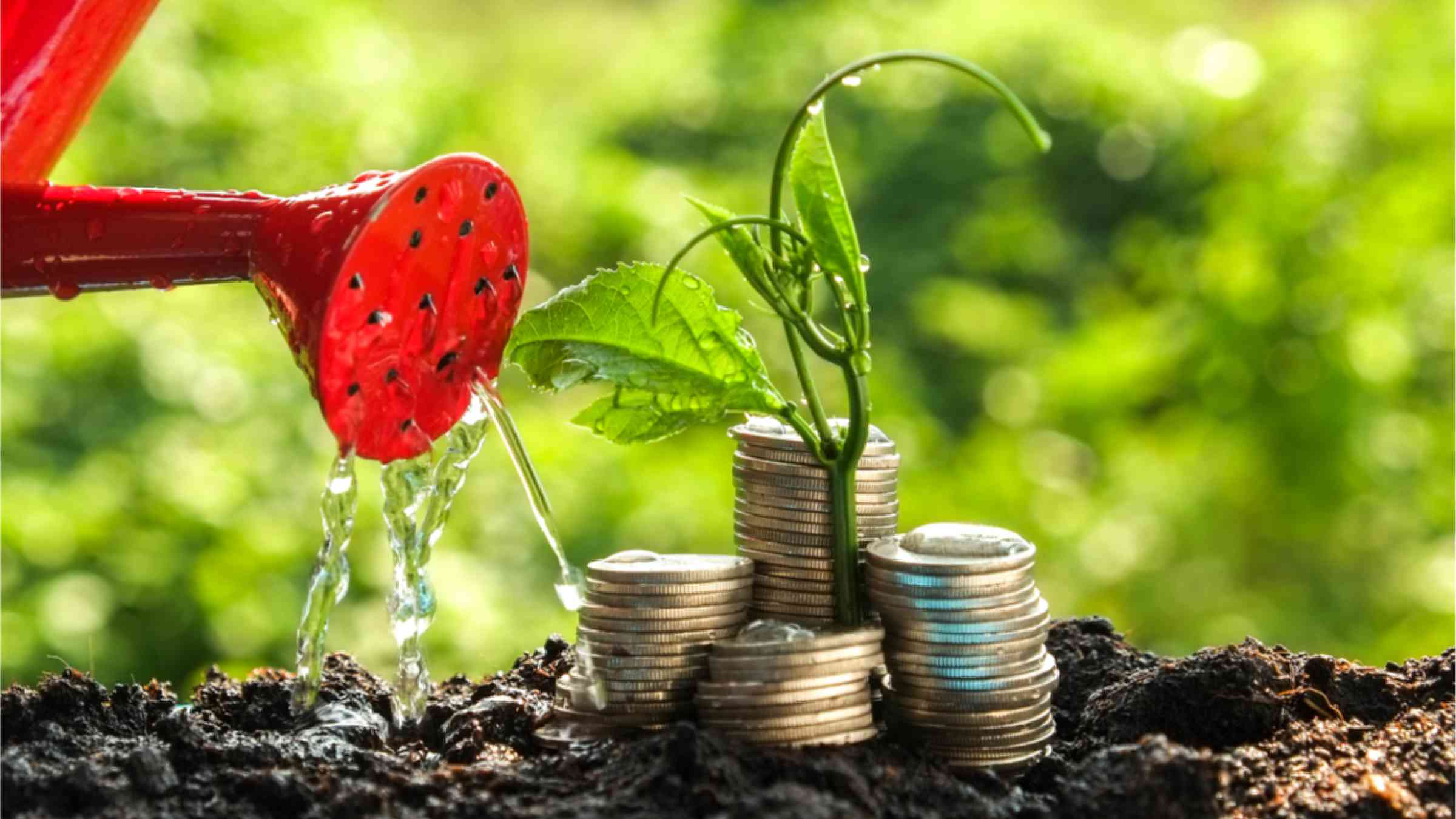UNDRR and Climate Bonds begin an ambitious journey into climate resilience finance

Geneva/London, 20/06/2023: Today, the UN Office for Disaster Risk Reduction (UNDRR) and Climate Bonds Initiative (Climate Bonds) announced the launch of a new White Paper to guide the development of a taxonomy for adaptation and resilience finance investment.
The announcement comes ahead of the Summit for a New Global Financing Pact in Paris next week where resilience is a crucial part of the discussions on building a fairer and more inclusive international financial system. It also follows on the political declaration adopted by Heads of States and Ministers by the UN General Assembly last month which called on countries to step up investments in disaster risk reduction and promote “the development of innovative instruments and tools to finance disaster risk reduction, such as resilience bonds”.1
Sean Kidney, CEO of Climate Bonds said: “The planet is set for a future of climate reckoning and we must be equipped with resilience solutions for diligent stewardship of the challenges ahead. Arming the sustainable finance movement with a resilience taxonomy can best place us to channel capital to fight against our planet’s plight, alongside continuing efforts towards adaptation and mitigation.”
Abhilash Panda, UNDRR, Deputy Chief of Intergovernmental processes, Interagency cooperation and Partnerships Branch, said “As we strive towards a safer and more resilient future, it is critical to increase investment in disaster risk reduction. We need to leverage multiple sources of finance, both public and private, and align them with an evidence-based approach to resilience.”
Resilience for a future of climate reckoning
Climate and disaster risk is rapidly rising. There has been an 80 per cent increase in people affected by disasters since 2005, and the world is projected to experience 560 disasters a year – or 1.5 a day – by 2030 if we continue on this trajectory. Moreover, the cost of disasters to the global economy is over $330 billion annually, while investment in disaster resilience is severely lagging.
Of the 33,849 green, social, sustainable, and other labelled (GSS+) debt instruments recorded by Climate Bonds Initiative (Climate Bonds) at the end of 2022, only 6,494 (19%) were identified as having some degree of climate resilience-related use of proceeds (UoP). The primary barrier preventing further resilience investment is the ambiguity over what resilience investing looks like. This paper marks the first step in removing this barrier.
This report aims to scale up investment in disaster and climate resilience through a taxonomy-based that will help companies and investors identify investment opportunities in the face of a changing climate. By setting out the parameters of resilience investing, a new chapter of climate finance transcending merely adaptation and mitigation can help finance vital changes to global infrastructure.
Working in collaboration towards a resilience taxonomy
‘Resilience’ is defined as: ‘the capacity of interconnected social, economic and ecological systems to cope with a hazardous event, trend or disturbance, responding or reorganizing in ways that maintain their essential function, identity and structure’.
The White Paper sets out 7 climate resilience systemic themes: 1. Resilient Agri-Food systems; 2. Resilient Cities 3. Resilient Health 4. Resilient Infrastructure 5. Resilient Industry & Commerce 6. Resilient Nature & Biodiversity 7. Resilient Societies.
The paper offers scope of what resilience would look like for each of those themes by identifying the guiding principles and prototype structure of a resilience taxonomy.
The paper also sets out the initial scope of a climate resilience pipeline, enabling investors and companies to identify resilience opportunities.
It includes a call for action by providing a Terms of Reference for industry experts to join the efforts to collaboratively develop the taxonomy. UNDRR and Climate Bonds are inviting industry experts, scientists, and academics to join the working groups and contribute their expertise to this vital project, through this form.
Additionally, UNDRR is convening a set of influential investors to advance financing solutions for resilience, through an Investor Advisory Board. This group of will further explore pathways for this resilience taxonomy to help mobilize capital markets resources for climate adaptation and disaster risk reduction.